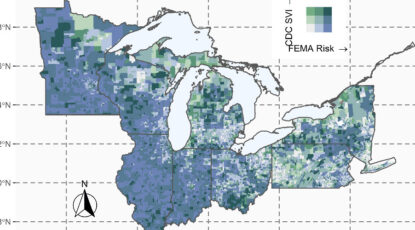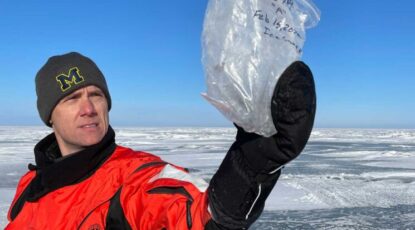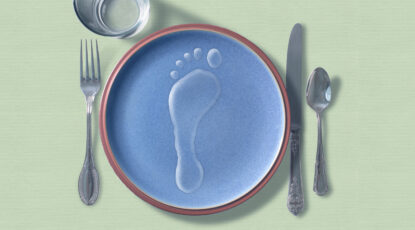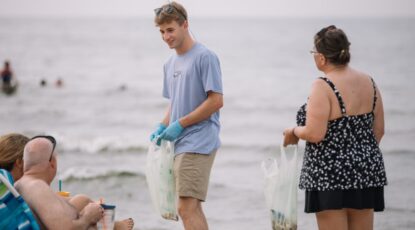-
Building curious machines — and finding shipwrecks
We know more about Mars than our own oceans and lakes. Artificial intelligence could change all that.– by combining robotics, naval architecture and computer science to build a software system that can trawl through sonar data much as a human would.
-
Collaborative project to help improve coastal community resilience in Michigan, Wisconsin
Researchers from U-M and the University of Wisconsin will assess flood risk for disadvantaged communities in Berrien County, Mich., and Milwaukee, and will provide a framework to extend the analysis throughout the Great Lakes.
-
Preparing for climate-change migrants
“Climate migrants” are on the move as frequent natural disasters upend their lives and routines. The Great Lakes region could see an influx in population as a result; U-M has tools for planning.
-
U-M reports record $1.71B in annual research volume
Total research volume at the University increased by 8.4% in FY ’22, fueling innovations in global health, Great Lakes water quality, firearm violence, and driverless vehicle technologies. FY ’22 also marked a record high of $973M in federally sponsored research expenditures.
-
Winter grab: Boring through Saginaw Bay
U-M biogeochemist Casey Godwin examines this chunk of crystal-clear ice as if it were a priceless gemstone pulled from the earth. The ice is, in fact, precious, offering a rare glimpse of life below the Great Lakes.
-
Winter Grab: Dozens of Great Lakes scientists study ‘the changing face of winter’
Scientists from more than a dozen U.S. and Canadian institutions are braving the elements to sample all five Great Lakes and Lake St. Clair in a first-of-its-kind coordinated campaign called the Winter Grab.
-
Water scarcity footprint reveals impacts of individual dietary choices in US
Meat consumption is the top contributor to the water scarcity footprint of the average U.S. diet, but other foods grown in U.S. regions where water is scarce also have high water-scarcity footprints, researchers find.
-
More than 1.3M jobs, $82B in wages tied to Great Lakes, study shows
The coastal counties of the eight Great Lakes states produce 21 percent of the gross domestic product in the region and 5.8 percent of the United States’ GDP.
-
Turning Great Lakes plastic into clothing
A 19-year-old U-M student is founder of the first company to use 100 percent U.S. plastic to produce clothes. His ambition is to shift the fashion industry and help preserve the coast of Lake Michigan.










